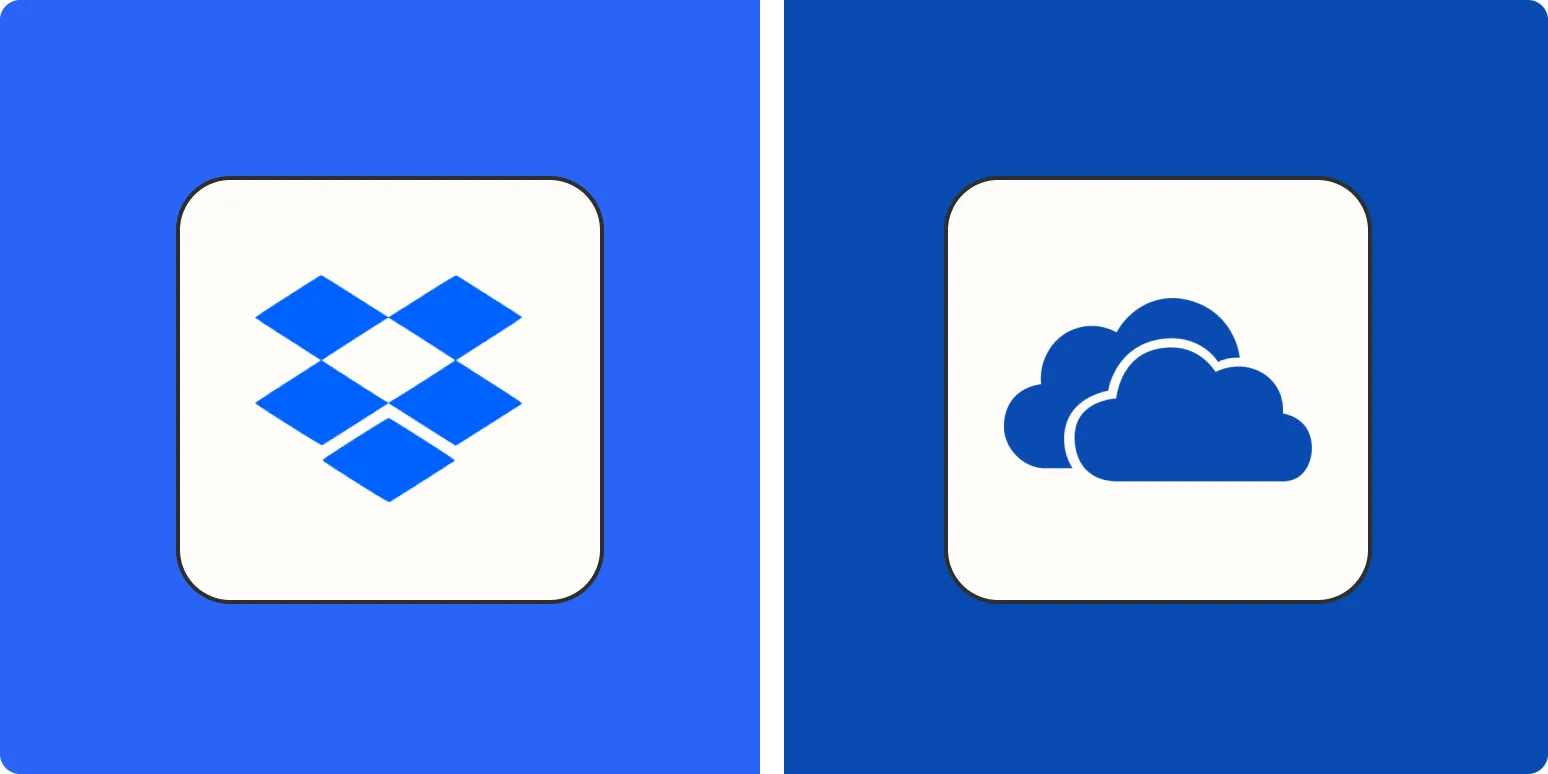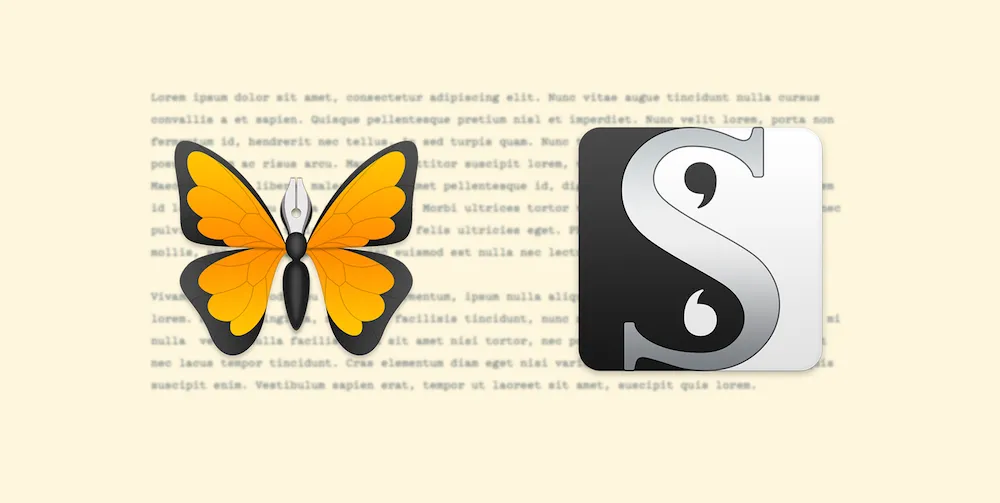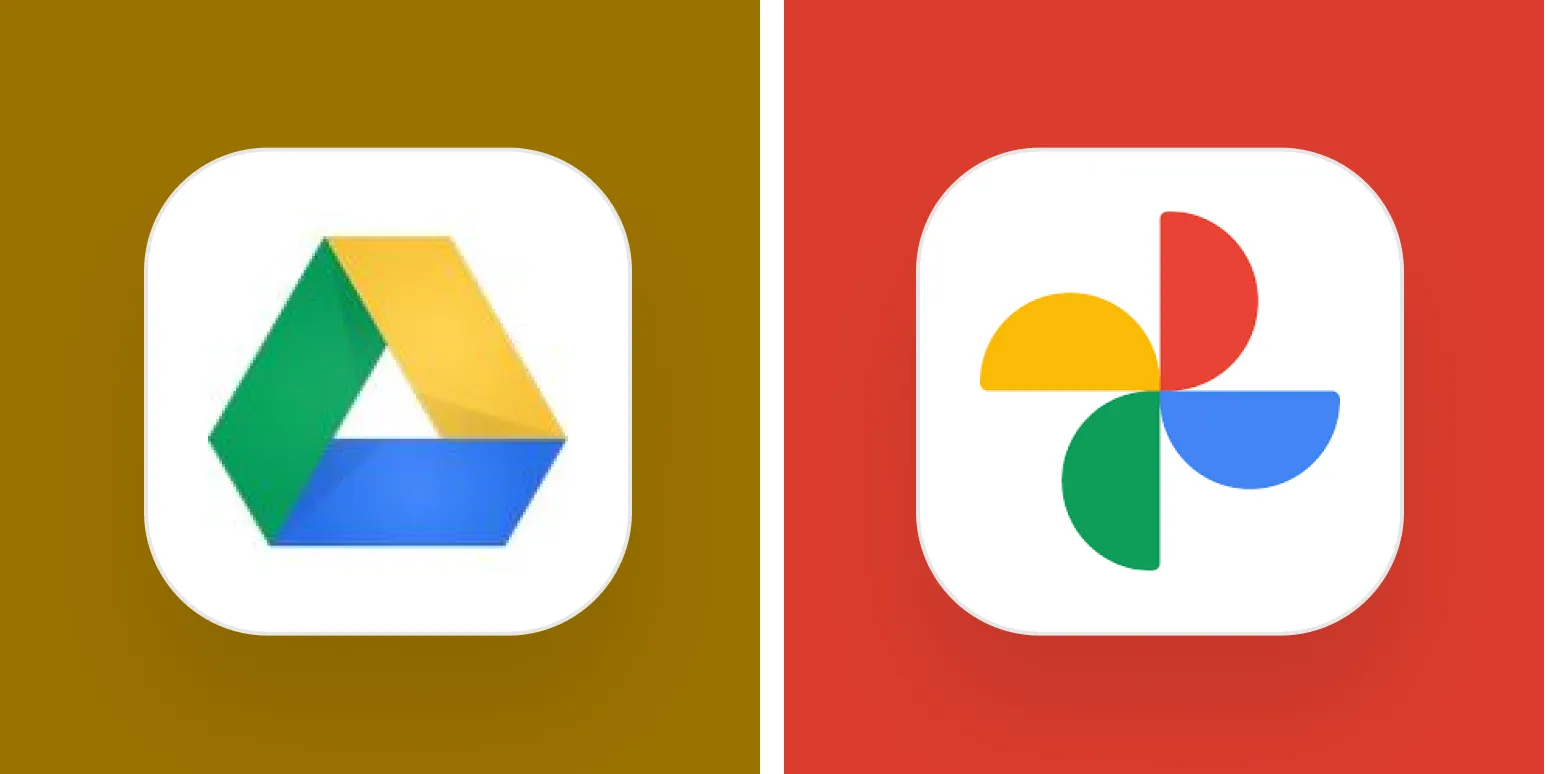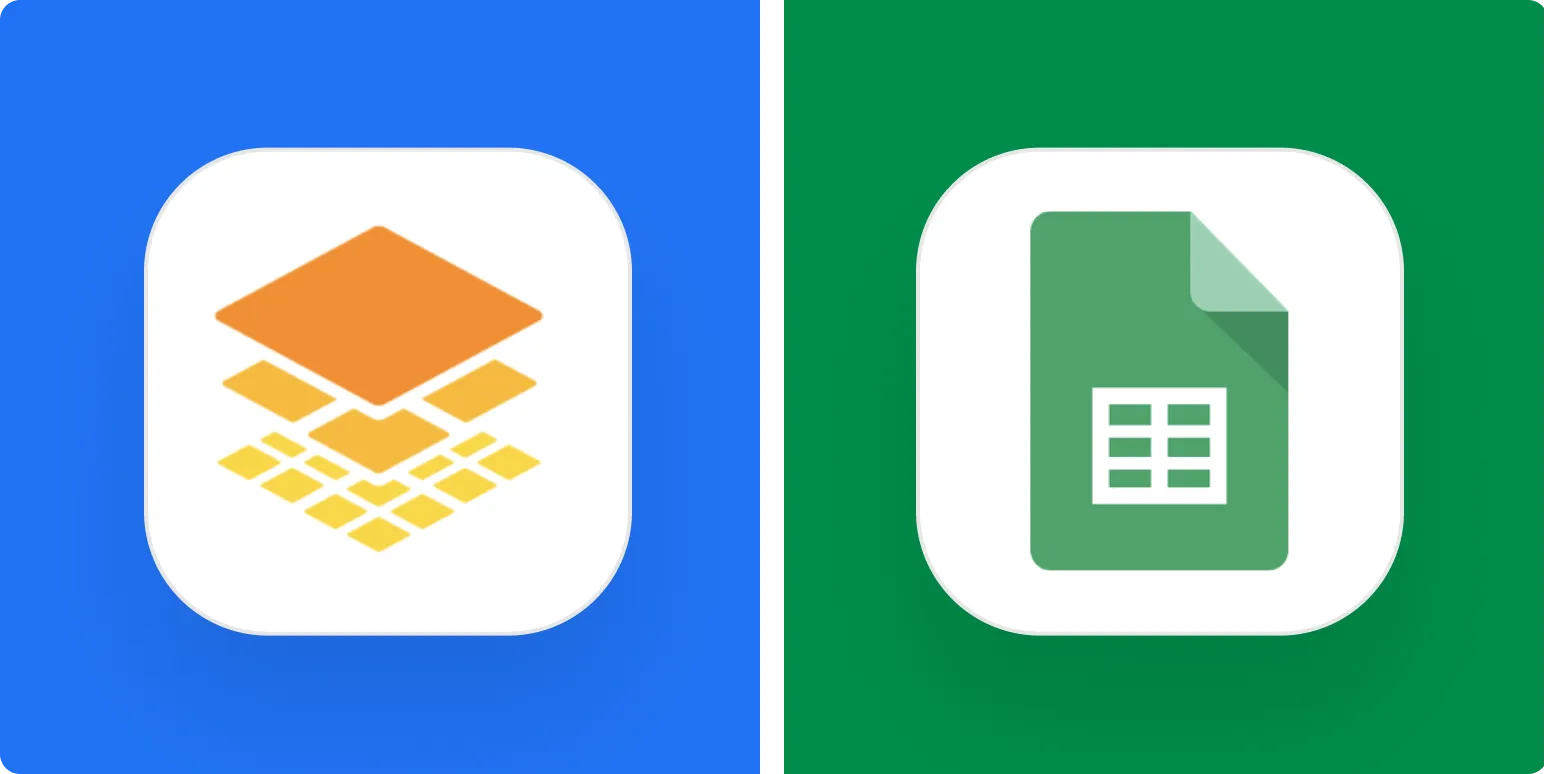Overview of Dropbox and OneDrive
When it comes to cloud storage solutions, Dropbox and OneDrive are two of the most popular options available. Both platforms offer unique features and benefits that cater to different user needs. Let's take a closer look at how they compare in various aspects.
Storage Options
One of the first things to consider when choosing between Dropbox and OneDrive is the storage capacity each service offers. Below is a comparison chart highlighting the storage options:
| Service | Free Storage | Paid Plans Starting From | Maximum Storage |
|---|---|---|---|
| Dropbox | 2 GB | $11.99/month for 2 TB | Up to 3 TB |
| OneDrive | 5 GB | $6.99/month for 1 TB | Up to 6 TB (with Office 365) |
Dropbox offers a more limited free storage option compared to OneDrive, but its paid plans provide substantial storage for users with higher needs. On the other hand, OneDrive starts with more free space and can expand significantly with a subscription to Office 365.
File Sharing and Collaboration
Both Dropbox and OneDrive excel in file sharing and collaboration features, but they cater to slightly different audiences. Here’s how they stack up:
| Feature | Dropbox | OneDrive |
|---|---|---|
| File Sharing | Link sharing with permissions | Link sharing with permissions |
| Real-time Collaboration | Via Dropbox Paper | Integrated with Office apps |
| Version History | Up to 30 days | Up to 30 days (with some plans) |
Dropbox focuses on simplicity and ease of use, allowing users to share files quickly while also integrating tools like Dropbox Paper for collaboration. In contrast, OneDrive benefits from its deep integration with Microsoft Office, making it an excellent choice for users who often work with Word, Excel, and PowerPoint.
User Interface and Experience
The user interface can significantly affect your overall experience with a cloud storage service. Here’s a brief comparison:
| Aspect | Dropbox | OneDrive |
|---|---|---|
| Ease of Use | Intuitive and straightforward | Integrated with Windows OS |
| Mobile App | Highly rated | Highly rated |
| Desktop Sync | Smart sync available | Sync with Windows Explorer |
Both services have user-friendly interfaces, but OneDrive integrates seamlessly with Windows, offering a more native experience for Windows users. Dropbox, while intuitive, may require additional steps for Windows integration.
Security Features
When it comes to storing sensitive information, security is paramount. Here’s how Dropbox and OneDrive compare:
| Feature | Dropbox | OneDrive |
|---|---|---|
| Encryption | 256-bit AES encryption | 256-bit AES encryption |
| Two-Factor Authentication | Available | Available |
| Compliance | GDPR, HIPAA compliant | GDPR, HIPAA, ISO compliant |
Both platforms offer robust security measures, including encryption and two-factor authentication. However, OneDrive has the edge in compliance with more regulatory standards, making it a better choice for businesses with strict compliance needs.
Pricing Comparison
Pricing is another critical area to consider when evaluating Dropbox vs. OneDrive. Below is a brief overview of the pricing structures:
| Service | Free Plan | Individual Paid Plan | Business Plans |
|---|---|---|---|
| Dropbox | 2 GB | $11.99/month for 2 TB | Starting at $15/user/month |
| OneDrive | 5 GB | $6.99/month for 1 TB | Starting at $5/user/month |
OneDrive provides a more cost-effective option for individuals and businesses, especially for those already using Microsoft Office products. In contrast, Dropbox can be pricier, but it offers more advanced features for those who need them.
Conclusion
Choosing between Dropbox and OneDrive ultimately depends on your specific needs. If you require seamless integration with Microsoft products and prefer a cost-effective solution, OneDrive may be the better choice for you. However, if you value simplicity, advanced collaboration features, and a robust file-sharing experience, Dropbox could be the right fit. Weigh the pros and cons carefully to determine which service aligns best with your workflow and requirements.





